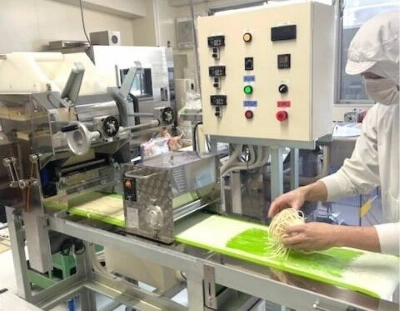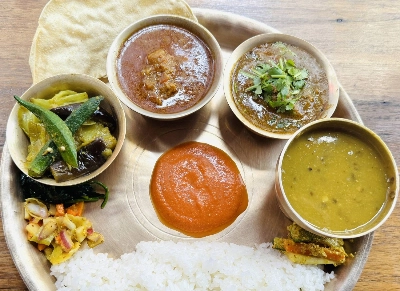One of the key elements of the Istanbul Biennial is the city itself. Founded by the Roman emperor Constantine the Great in A.D. 330 as the first world's Christian capital, it was long the glorious center of the Byzantine Empire, before becoming the capital of the Ottoman Turks. Today, it's a megacity in a time of radical changes.
Literally the meeting point of Europe and Asia, Istanbul is a site of unusual complexity, and therefore an ideal place for showing contemporary art. This is something the organizers have taken advantage of, and in Istanbul's 10th biennial, curated by the Chinese-born Hou Hanru, the city serves as a platform wherein to reflect on modernization.
The biennial, whose theme is "Not only possible, but also necessary. Optimism in the age of global war," takes place in a variety of venues that mirror the identity and dynamic history of the modern Turkish republic. Though Hou talks about the close relation between architecture and ideology, and how the buildings chosen for exhibits envision a modern political utopia, he also points out that some are now under the threat of gentrification by the forces of globalization, neoliberal economics and political cynicism — a development he finds most alarming in non-Western countries and the Third World.

















With your current subscription plan you can comment on stories. However, before writing your first comment, please create a display name in the Profile section of your subscriber account page.